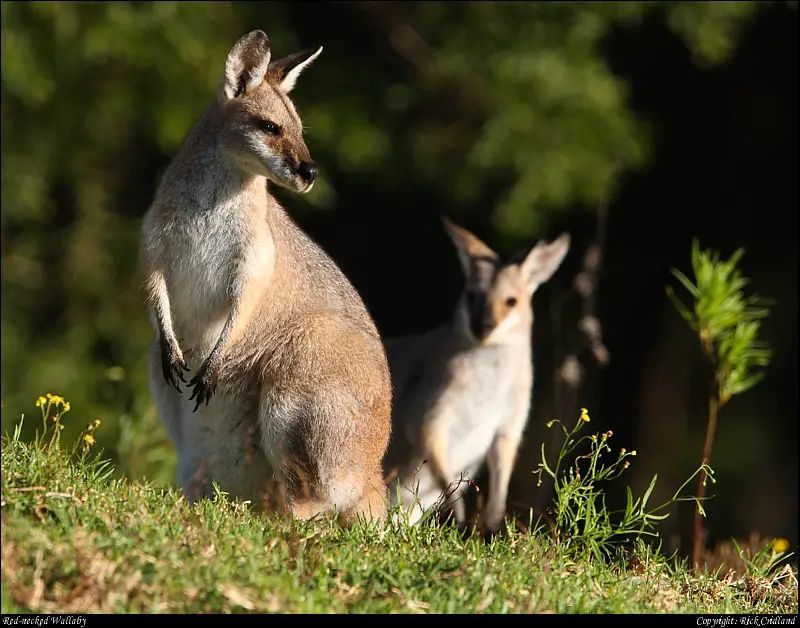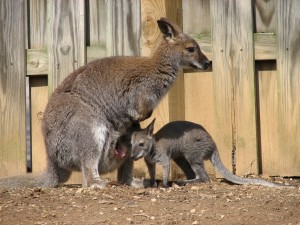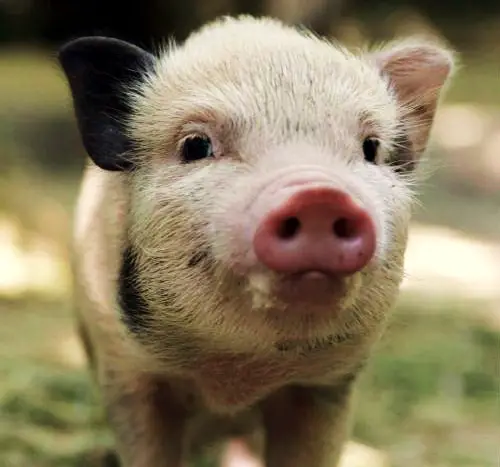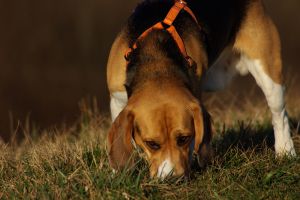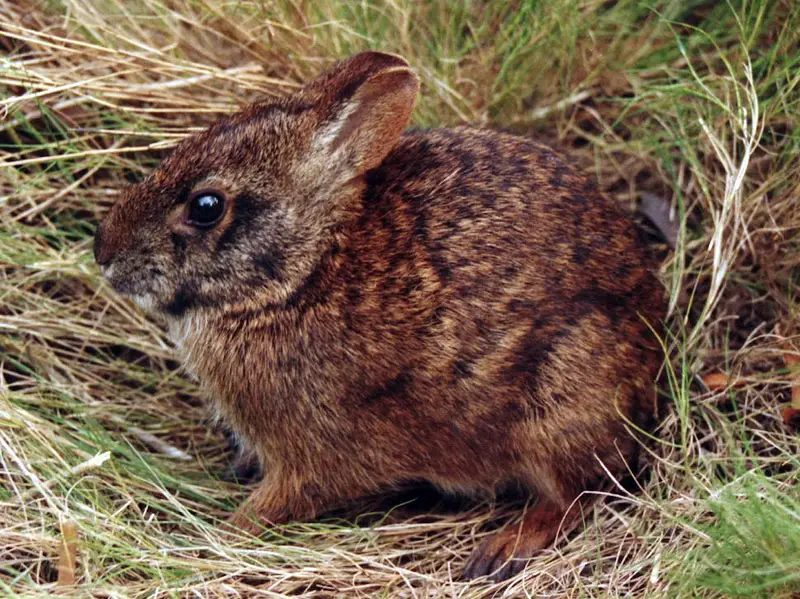Red Necked Wallaby
Red necked Wallabies or Macropus Rufogriseus is a kind of kangaroo.
It has very thick fur that is red on the neck and the back and they
usually are 70-90 centimeters (2.3 – 3 ft) long and weigh about 20
kilos (44 lb). Fun fact: the Latin family name Macropodidae roughly
translates to ‘that with big feet’. The Red Necked Wallaby reaches
sexual maturity at the age of 2 years and gives birth to one baby
Wallaby after a pregnancy of 30 days.
Red Necked Wallabies live in Tasmania and south-eastern Australia.
Tasmania is perfect for this animal as the climate there is slightly
cooler than in the continent of Australia and Red Necked Wallaby’s
fur is thicker than that of other kangaroos. Interestingly there is a
small colony of those Wallabies in the UK after they escaped a Zoo in
the 40’s of the 20th century. In the UK the Wallabies eat grass,
fern and heather.
Territories that are inhabited by the Red Necked Wallaby are usually
vast flats full with bushes. Macropus Rufogriseus spends the daytime
when the heat peaks hiding in the bushes and chilling. Late in the
afternoon they go feeding and similarly to other kangaroos mostly
feed of plants that are rich in fiber. The eating usually takes place
the biggest part of the night so the animal is kinda nocturnal.
Usually a small group of related Wallabies or groups of families
graze together. Red necked Wallabies have a very efficient gastric
system so that it can digest all the fiber that the animal eats.
Similarly to other marsupials (animals with pouches) babies are very
poorly developed when born. That’s why the first months or even a
year of a wallaby’s life is spent in its mother’s pouch, where it
can access mother’s milk. In the first six months of a Red Necked
Wallaby’s life its size multiplies by 2000 times, that’s how
undeveloped baby Wallabies are. Unfortunately only 25% of the baby
Wallabies survive the first year as they start eating grass and
leaving the pouch occasionally already at the age of half a year and
cannot always make it back to the bag in case of danger. Red Necked
Wallabies can mate while they have a kid in their pouch, however the
fetus does not enter the last stages of development while the pouch is
in use by an offspring.
Red Necked Wallabies have been hunted for their meat and fur. Also
due to the thick fur that means being fit to survive in Zoos
Wallabies are often captured to be shown to families all over the
world. Despite to the fact that in the three decades from the 20s
till the 50s some two million furs were exported from Tasmania, this
species does not face extinction.
